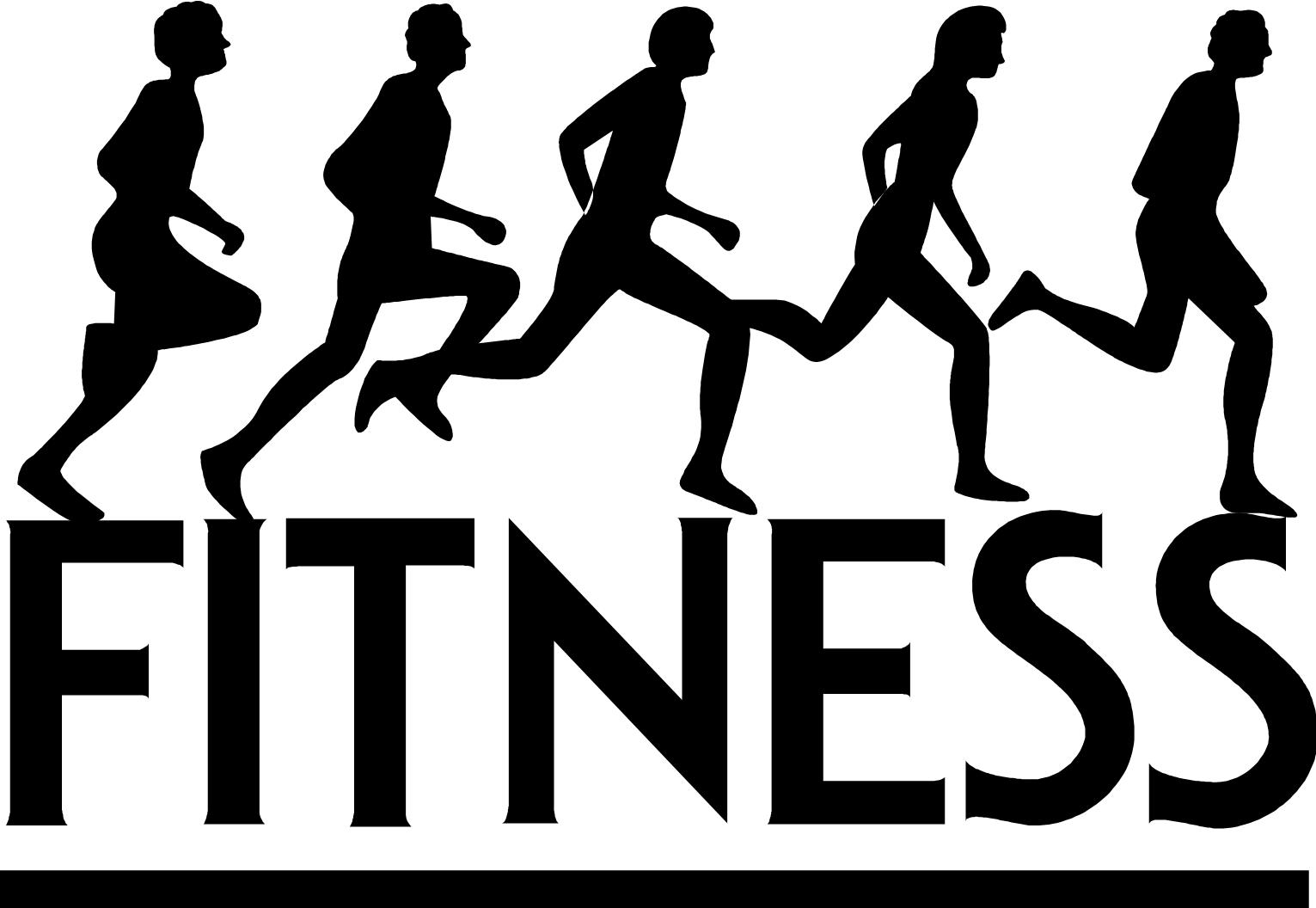by Paul Dexter, copyright dextertraining.com
Overcomplicating and overanalyzing
Paralysis by analysis, as I like to call it. Oftentimes women are paralyzed from taking action because they take in too much information. As a result they end up dazed and confused and have no idea what to do because some of the information they read was contradicting.
“But this coach says to follow this training program, and that coach says to follow that training program. This coach recommends total body workouts, but that one suggests upper/lower splits. What’s the best option?”
It’s easy for someone to get overwhelmed with the surplus of information available at the click of a mouse or slide of the finger on a tablet or phone. In the end, the individual is left asking, “Who is right and what method is the best?”
It’s a valid question for sure, but you must understand something very important – there are numerous excellent training programs and methods that will allow you to be successful. The most important thing is that you pick one, work hard, and do so consistently. Don’t waste your time searching for a “holy grail” workout, because it doesn’t exist.
Sure, there are good and bad training methods, but as long as you follow a sound training program that fits into your lifestyle, and you work hard consistently, you’re going to get results.
Not following a program that’s appropriate for their experience level
Everyone wants results now. Actually, we wanted them yesterday, but that’s beside the point. Some people assume, incorrectly I might add, that if they follow a more advanced training program that they’ll get quicker results.
This just isn’t the case, and oftentimes it can do more harm than good.
You absolutely must follow a training program that’s tailored to your training level and unique history. If you’re a beginner, you need to follow a beginner program. If you have mobility issues or an injury that prevents you from doing a certain exercise, you need a suitable alternative.
Not mastering the basics first
It’s no secret that you’ve got to crawl before you can walk, and so you must adhere to that philosophy when it comes to resistance training if you want to get the best results possible in the least amount of time, and abstain from injury as well.
The basic exercises you utilize depend on the equipment you have and any physical limitations you may be dealing with. But I prefer to include one of each type of movement: squat, deadlift, horizontal push (I really like push-ups), vertical push (if shoulder health allows), row, and chin-up. Again, the variation you choose can vary.
Overdoing cardio
When a woman wants to lose body fat and improve her physique, what’s the first thing she does, or plans to do?
Cardio.
Usually lots and lots of cardio. And maybe even a little more cardio, just because she’s super ambitious.
When it comes to transforming your body, cardio is the least important factor. Nutrition and strength training are the most essential components. Now I’m not one to apply a percentage to each element; for example, some people say it’s “80% nutrition” or something like that.
If you want great results, then focus on your quality of nutrition and following eating patterns that work for YOU. In addition, follow a solid strength training program. As long as you’re consistent, that’s where the majority of your results will come from. Yes, some type of cardio can be beneficial, but it most certainly won’t involve spinning your wheels (pardon the pun) for hours and hours on a bike, treadmill, or other cardio machine.
Not using a challenging load
More women are squatting, deadlifting, and performing other compound exercises with their bodyweight, barbells, and kettlebells than ever before. However, many are still using dinky baby weights.
I’m not being cruel here; I applaud the effort of everyone who gets off the couch and becomes physically active. Whether that means participating in recreational activities like snowboarding or pick-up basketball, or getting serious about strength training, I’m happy to know people are doing something.
My main priority is helping people achieve their goals, and when it comes to resistance training, I want to make sure you get the maximum results possible with your efforts.
Back to the point at hand, that means using a challenging load with your strength training workouts. How do you define a challenging load? Easy, you should really have to focus and work have within a given rep range. For example, if you’re doing sets of eight to 10 reps, you should use a load you could perform perfectly for one or two more reps. Continuing with this example, if you’re doing to perform eight reps, use a weight that allows you to complete nine or 10 perfect reps, but no more. Any less than that and you’re not working hard enough.
Being intimidated
This isn’t necessarily a programming error; however, it’s something that can hold a woman back from reaching her true potential and achieving her physique goals. Because of that, this topic must be addressed.
Yes, I know it can be daunting to enter the weight lifting area of the gym. It’s full of high school boys screaming, “It’s all you bro!” and sweaty men who like to grunt and flex in the mirror. How do you combat this? How do you handle this intimidation?
I prefer the tough love approach – get over it and just get in there!
Not what you wanted to hear? Well I can’t hold your hand and be your personal cheerleader, but I can encourage you to challenge yourself and get out of your comfort zone. Just get in the weight room, pop in some ear buds and listen to your favorite tunes. Focus on why you’re in there and nothing else.




